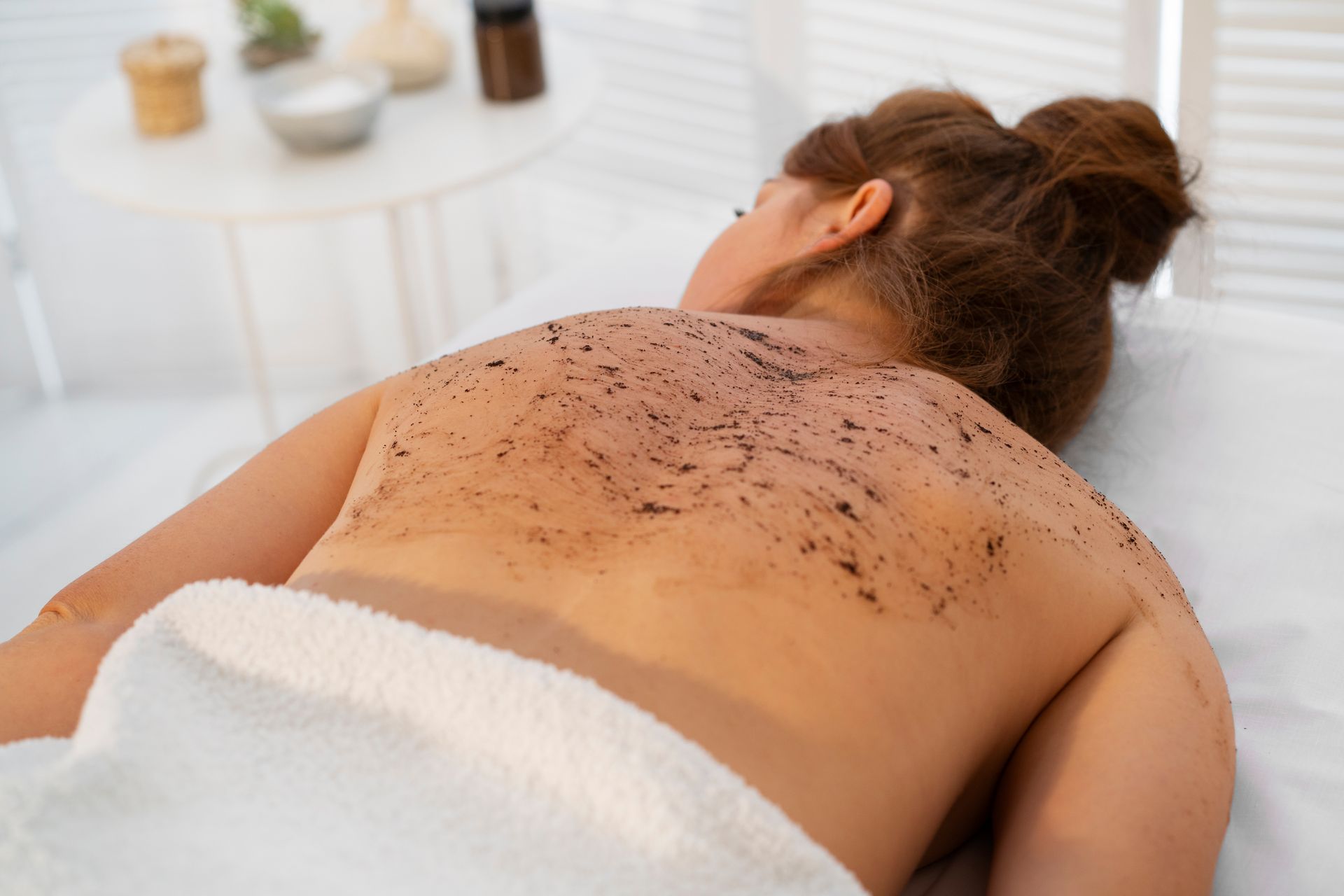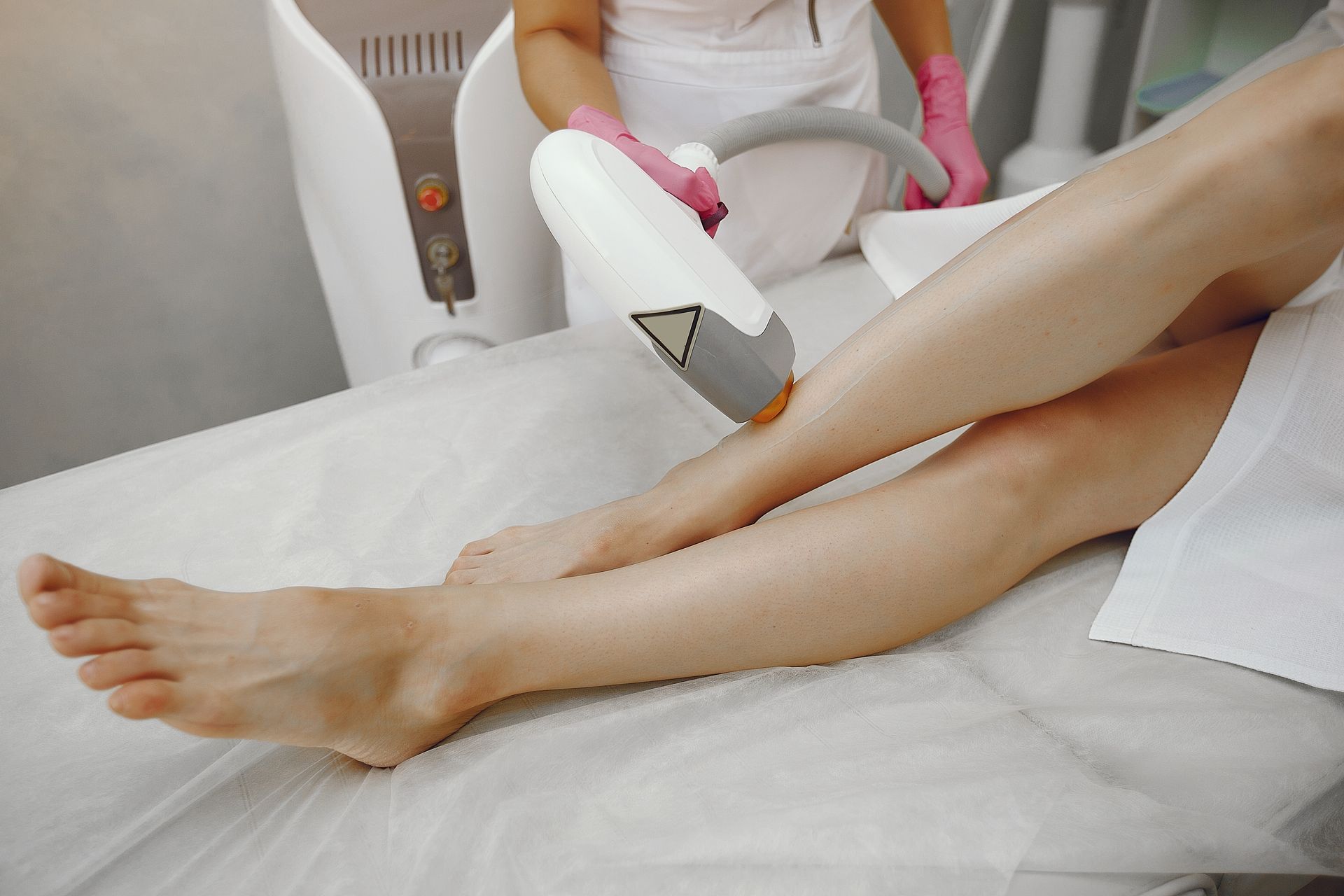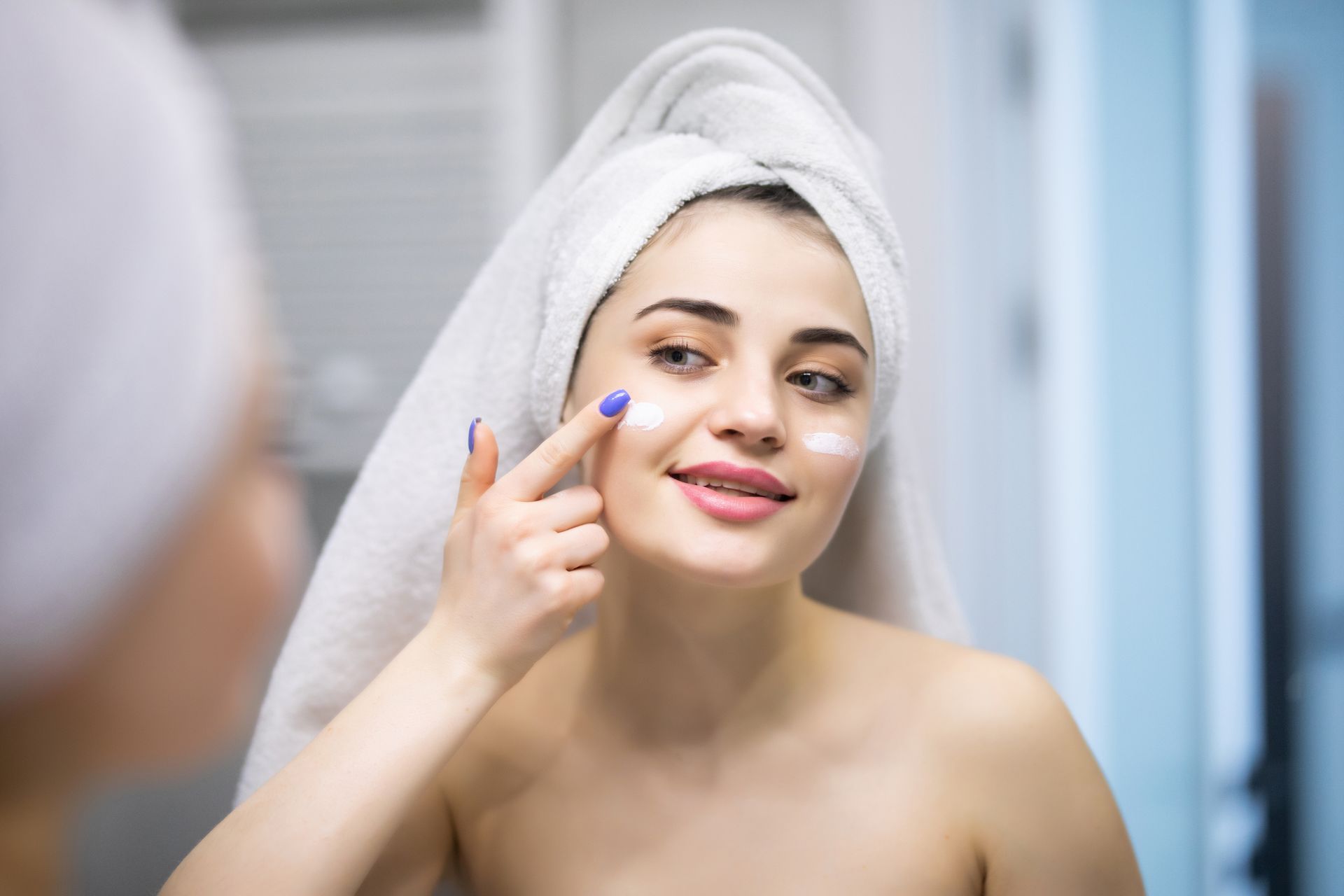Is Laser Hair Removal More Effective for Your Bikini Line Than Waxing?
In the realm of personal grooming, the quest for smooth and hair-free skin, particularly along the bikini line, has spurred a burgeoning interest in various hair removal methods. As individuals seek effective and lasting solutions, the age-old debate between laser hair removal and waxing takes center stage. The bikini area holds unique significance, demanding precision and consideration of factors like pain, longevity, and safety.
This exploration navigates the landscape of bikini hair removal, delving into the reasons behind its popularity. We embark on a comprehensive comparative analysis, dissecting the methods of laser hair removal and waxing, to unravel the question: Is laser hair removal more effective for your bikini line than waxing? By scrutinizing the intricacies of both approaches, we aim to provide insights that empower individuals to make informed decisions in their pursuit of smooth and flawless skin.
Specifics of Laser Hair Removal for the Bikini Line
When considering laser hair removal for the bikini line, attention to specific details is crucial. This procedure can be customized to target the sensitive bikini area, providing precision in hair removal. The laser selectively targets the melanin in the hair follicles without affecting the surrounding skin, minimizing the risk of irritation. The process is adaptable, allowing practitioners to focus on specific zones, ensuring a delicate approach to hair removal in this sensitive region. Treatment sessions are strategically spaced to align with the natural hair growth cycle, optimizing the efficacy of the procedure.
Individuals seeking laser hair removal for the bikini line should consult with experienced practitioners to discuss their unique requirements, potential sensitivities, and expected outcomes. This tailored approach ensures not only effective hair reduction but also prioritizes the comfort and well-being of the individual undergoing the procedure. Understanding the intricacies of laser hair removal, particularly in the context of the bikini line, empowers individuals to make informed decisions about this advanced and widely embraced method of achieving smoother and longer-lasting results.
The Waxing Approach
Traditional waxing is a time-tested hair removal method that involves applying a warm or cold wax onto the desired area and then placing a cloth or strip over the wax. The cloth is swiftly pulled against the direction of hair growth, removing the wax along with the unwanted hair. This method is known for its simplicity and effectiveness in providing smooth skin for an extended period. Traditional waxing can be performed on various body areas, including the legs, arms, face, and bikini line. Over time, variations like hard wax and soft wax have been developed, catering to different preferences and sensitivities.
Effectiveness of Laser Hair Removal
Laser hair removal stands out for its effectiveness in delivering lasting results and significantly reducing hair regrowth. The procedure works by targeting the melanin within hair follicles, hindering their ability to produce new hair. Unlike temporary methods like shaving or waxing, laser hair removal offers a semi-permanent solution. After completing the recommended sessions, individuals often experience a prolonged period of reduced hair regrowth. While the extent of permanency varies among individuals, many report a significant decrease in the thickness and density of the treated hair, leading to smoother skin for an extended duration.
One of the key strengths of laser hair removal lies in its ability to provide targeted precision and customization. This is particularly advantageous when treating specific areas like the face, underarms, or bikini line. The laser can be adjusted to focus on individual hair follicles without affecting the surrounding skin, ensuring a precise and controlled approach. Practitioners can customize the treatment based on factors such as
hair color, skin type, and the desired outcome. This level of customization enhances the overall effectiveness of the procedure, allowing for a tailored approach to meet the unique needs and preferences of each individual undergoing laser hair removal.
Comparing Pain Levels
Waxing, a traditional hair removal method, is associated with a certain level of discomfort. The process involves applying wax to the targeted area and swiftly removing it along with the hair. The sensation is often described as a quick and sharp tug on the skin. The discomfort in waxing is typically brief, lasting only as long as the wax is removed. Pain levels can vary based on individual pain tolerance, the specific body area being waxed, and the person's experience with the procedure. While some individuals find waxing relatively tolerable, others may experience more significant discomfort, particularly in sensitive areas such as the bikini line or underarms.
Laser hair removal, while not entirely painless, is generally associated with less discomfort compared to waxing. The sensation during laser hair removal is often described as a mild stinging or snapping feeling, akin to the snap of a rubber band against the skin.
Advanced laser technologies incorporate cooling mechanisms, such as built-in cooling systems or applied gels, to minimize discomfort. The
pain perception in laser hair removal can vary depending on the individual's pain threshold, the treated area, and the specific laser technology used. Many individuals find laser hair removal to be a well-tolerated procedure, especially considering the long-term benefits it offers in terms of hair reduction and smoother skin.
Safety Considerations
Waxing, a widely practiced hair removal method, comes with certain potential risks and considerations. While generally safe, individuals should be aware of the following:
Skin Irritation: Waxing can lead to temporary redness, irritation, or rash, particularly in individuals with sensitive skin.
Ingrown Hairs: There is a risk of developing ingrown hairs, especially if proper post-waxing care is not maintained.
Burns and Allergies: Improper waxing techniques or using wax that is too hot may result in burns, and some individuals may experience allergic reactions to the wax or other products used during the procedure.
Infections: In rare cases, waxing may lead to infections if not performed in a hygienic environment or if there is any compromise in the skin's integrity.
Safety Measures in Laser Hair Removal
Laser hair removal is generally considered a safe procedure when performed by trained professionals. Safety measures are implemented to minimize potential risks:
- Both the practitioner and the client wear protective eyewear to shield their eyes from the laser light.
- Advanced laser systems incorporate cooling mechanisms, such as cooling gels or built-in cooling systems, to minimize discomfort and protect the skin.
- Practitioners often conduct patch tests on a small area of skin to ensure there are no adverse reactions or sensitivities to the laser.
- Choosing a qualified and experienced practitioner ensures the procedure is conducted with precision, reducing the likelihood of complications.
While both waxing and laser hair removal have safety measures in place, individuals should be mindful of their specific skin sensitivities, medical history, and the expertise of the practitioner when opting for either method.
Expert Opinions
Dermatologists, as skincare experts, often provide valuable insights into the safety and efficacy of laser hair removal. They generally endorse this method for its effectiveness in
reducing unwanted hair, emphasizing the importance of multiple sessions for optimal results. When recommending laser hair removal, dermatologists take into account an individual's skin type and hair color, noting that those with darker hair and lighter skin tones tend to experience better outcomes. Additionally, dermatologists stress the significance of safety measures during laser hair removal procedures, highlighting the need for proper eye protection and skin cooling. They consistently recommend seeking qualified practitioners to minimize potential risks associated with the process.
Making the Decision
When deciding between laser hair removal and waxing, several key factors should be carefully considered:
Hair Type and Color: The effectiveness of both methods can be influenced by the color and type of hair. Laser hair removal tends to be more efficient for individuals with darker, coarser hair, while waxing can be effective for various hair types.
Skin Sensitivity:
Individuals with sensitive skin may want to assess the potential for irritation or discomfort associated with each method. Laser hair removal is often considered gentler on the skin in comparison to waxing.
Longevity of Results: Consider how long you desire the results to last. Laser hair removal offers semi-permanent reduction, requiring fewer maintenance sessions over time, while waxing provides temporary smoothness with more frequent sessions.
Cost Considerations:
Evaluate your budget and weigh the upfront costs and long-term expenses associated with each method. While laser hair removal may have higher initial costs, it could offer greater value over time.
Choosing the Method That Suits You
The decision ultimately hinges on personal preferences, lifestyle, and individual priorities:
- Consider your lifestyle and the convenience each method offers. If you prefer long-lasting results with fewer sessions, laser hair removal might be suitable. Alternatively, if you seek immediate results and flexibility, waxing could align better with your lifestyle.
- Assess your pain tolerance and comfort level with each method. Laser hair removal is often associated with minimal discomfort, while waxing may cause a brief but more intense sensation.
- Evaluate the time you are willing to invest in hair removal sessions. Laser hair removal sessions may take longer intervals, but each session could lead to semi-permanent results. Waxing sessions offer quick results but require more frequent appointments.
- Seek advice from qualified practitioners, dermatologists, or estheticians who can provide personalized recommendations based on your skin type, hair characteristics, and desired outcomes.
By carefully considering these factors and aligning them with your preferences and priorities, you can make an informed decision on whether laser hair removal or waxing is the most suitable method for your individual needs.
Conclusion
In the pursuit of effective hair removal, the choice between laser hair removal and waxing boils down to a personalized decision, considering various factors such as hair type, skin sensitivity, cost considerations, and lifestyle preferences. Both methods offer unique advantages, with laser hair removal providing semi-permanent results and waxing delivering immediate smoothness. It's essential to weigh the longevity of results, pain tolerance, and time commitment. Seeking expert advice and considering individual priorities will guide you in making a decision that aligns with your preferences, ensuring a hair removal approach that not only suits your needs but enhances your overall well-being and confidence.
BOOK YOUR FREE SESSION










